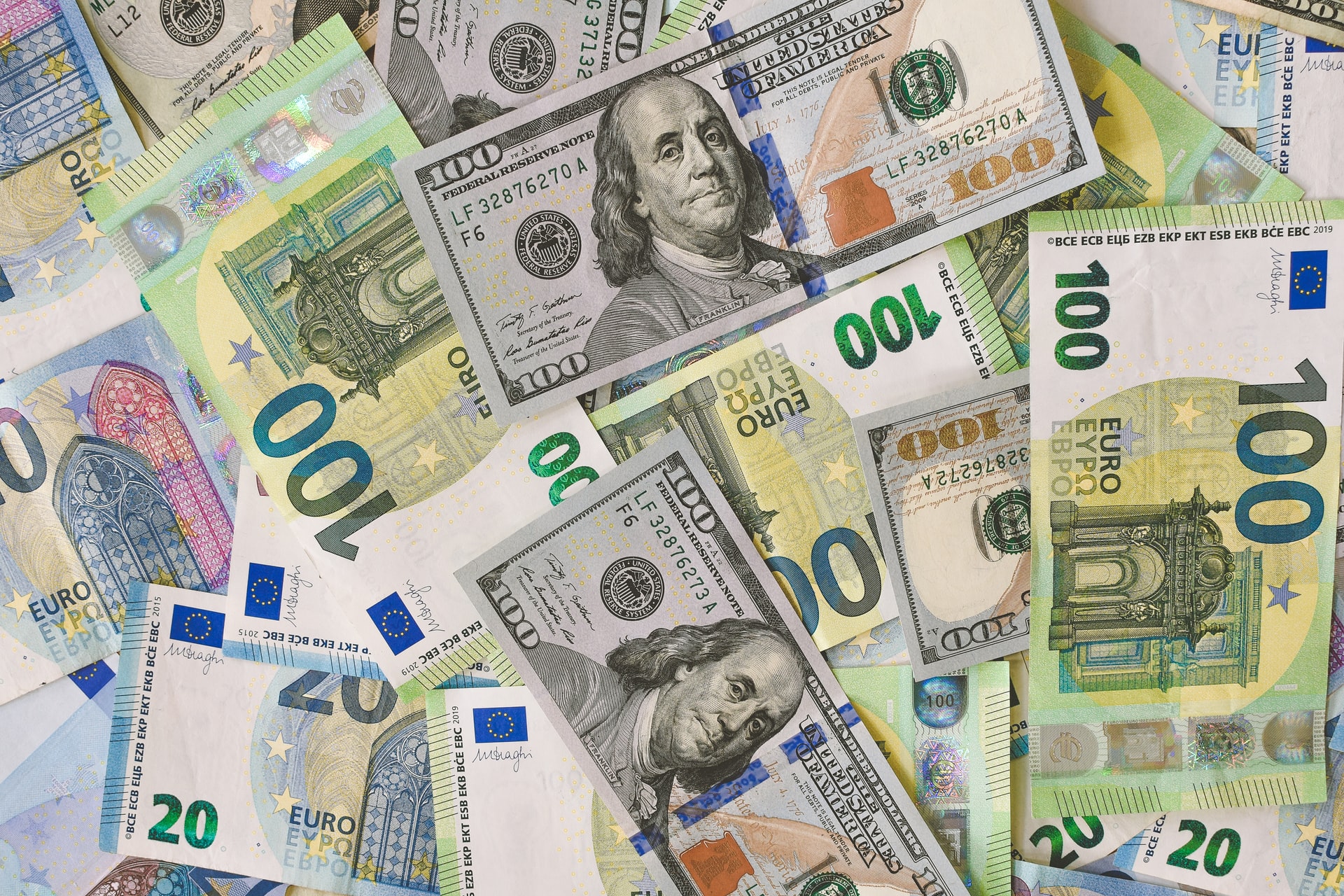Global Inflation Declines As Demand Falls And Supply Rises
Global inflation declines, primarily as a result of resuming commercial activity in mainland China following the relaxation of Omicron wave-related lockdowns. Other emerging markets reported solid or reviving growth, but developed world output growth slowed to the second-weakest since January 2021, led by the US and Eurozone.
Author:Paula M. GrahamReviewer:Rhyley CarneyJul 07, 20222.3K Shares53.5K Views

Global inflationdeclines, primarily as a result of resuming commercial activity in mainland China following the relaxation of Omicron wave-related lockdowns.
Other emerging markets reported solid or reviving growth, but developed world output growth slowed to the second-weakest since January 2021, led by the US and Eurozone.
Demand growth, as measured by new orders, slowed globally to a near two-year low, hinting at a further developed-market-led slowdown in the coming months.
The stagnation of companies' order backlogs is another indicator that employment growth will slow down in the coming months.
According to S&P Global's most recent PMI data for JPMorgan, business input costs are rising at the slowest rate in four months, pointing to a future slowdown in the global CPI.
Revival In China Boosts Global Economy
Data from the PMI survey, which was compiled by S&P Global and supported by JPMorgan, show that global economic growth picked up in June. The overall PMI, which accounts for both manufacturing and service output, increased from 51.3 in May to 53.5. The service sector grew faster than it had in four months, and the factory sector grew after two months of falling production.
After three months of severe downturns due to restrictions to stop the spread of the Omicron variant, mainland China resumed strong growth in May. China's June growth was one of the strongest in a decade, reflecting increased manufacturing and services activity.
If China is excluded, global growth in June was the slowest since January and the second-weakest since the Delta wave impact at the end of 2020.
Emerging Market Growth At Its Highest
The development, however, was not limited to China. Russia returned to growth after three months of war-related contraction thanks to a revival of service sector growth, but output grew only slightly due to falling exports. In Brazil, growth hit its highest level since April 2007 and India remained strong. The major emerging markets saw their highest monthly output since January 2011.
Services Once More Drive Cost Expansion
In June, global input cost inflation in the service sector exceeded that of manufacturing for a second month, reversing the trend of manufacturing-led inflation in the post-pandemic period. Although growth slowed in both sectors in the second quarter, it remained among the fastest in survey history.
All major developed economies saw slower, but still elevated, input cost inflation in manufacturing and services, except Japan, where service sector input costs rose faster.
Reduced Occurrences Of Supply Shortages
Supply shortages moderated in June, reducing suppliers' pricing power and slowing input cost growth. Globally, the number of companies reporting items in short supply has been falling for a year and hit a new low in June.
In recent months, fewer companies reported price increases, with June being the lowest since December 2020.
Supply shortages remain above long-run averages and worsened in June for semiconductors, but have moderated for electrical components, chemicals, timber, packaging, steel, aluminum, and food.
New Pressures From Energy Costs
Supply chain pressures on materials are accompanied by rising energy and wage costs. Even wage and energy cost-push inflation showed signs of cooling in June's PMI surveys, though it remains high by historical standards.
Developed World Economic Growth Slows
In contrast, developed world output growth slowed in June to the second-weakest since January 2021, with only the Omicron-related hit in 2020 being worse. Slow growth was seen in the US and eurozone, while the UK and Japan saw stronger growth thanks to the service sector. The latter notably recorded the strongest overall expansion since last November. Even in the UK and Japan, growth rates remained subdued, with manufacturing stagnant in all four developed markets.
Conclusion
While input cost inflation remains high, there are signs that the recent easing in inflation will intensify in the coming months, unlike the two blips seen during the pandemic when inflationary pressures quickly reaccelerated.
First, the recent slowdown in demand is far greater than during the initial COVID-19 lockdowns and was not caused by pandemic containment measures. Second, recent price pressures have eased supply chain delays.
Third, the cooling of final demand is accompanied by a shift away from inventory building, which will reduce demand-pull pressure on input prices.
Fourth, the recent slowdown is driving a steep pull-back in firms' growth expectations, which are at their lowest since September 2020. This drop in confidence will likely reduce labor demand, wages, and output growth in coming months, reducing inflationary pressures.
A key uncertainty is the outlook for energy prices, especially in Europe amid the Ukraine war. However, even energy prices are now under pressure from the worsening economic outlook, providing further evidence that annual CPI inflation will moderate - potentially substantially - in the second half of 2022.

Paula M. Graham
Author

Rhyley Carney
Reviewer
Latest Articles
Popular Articles

